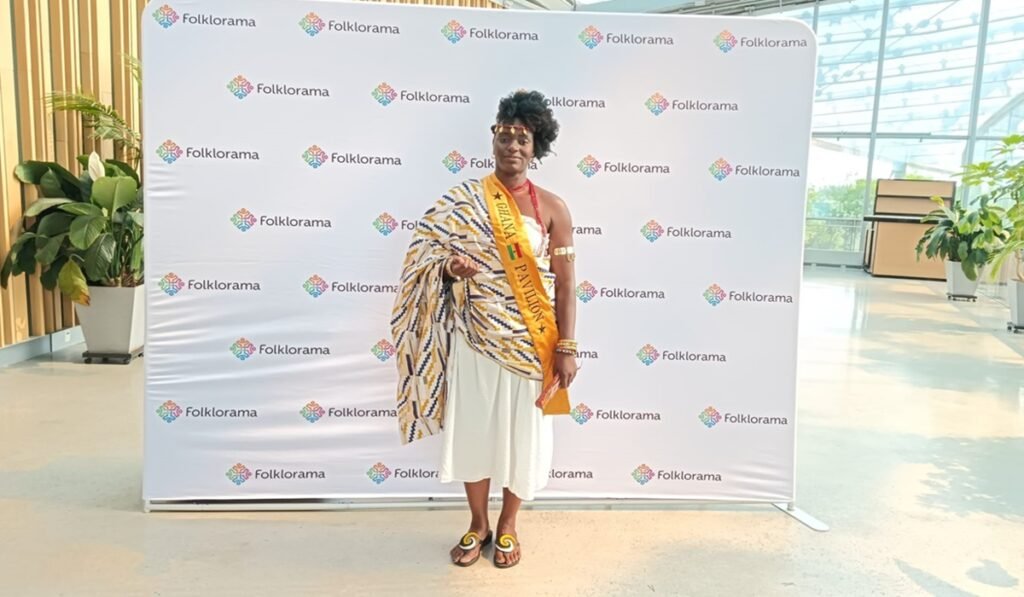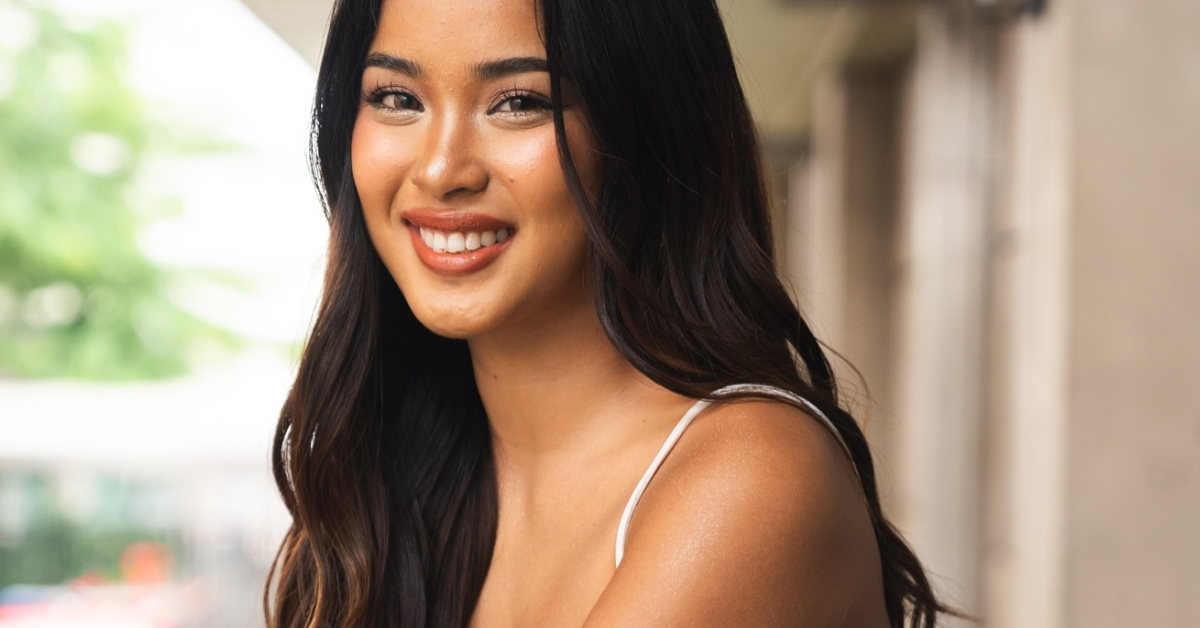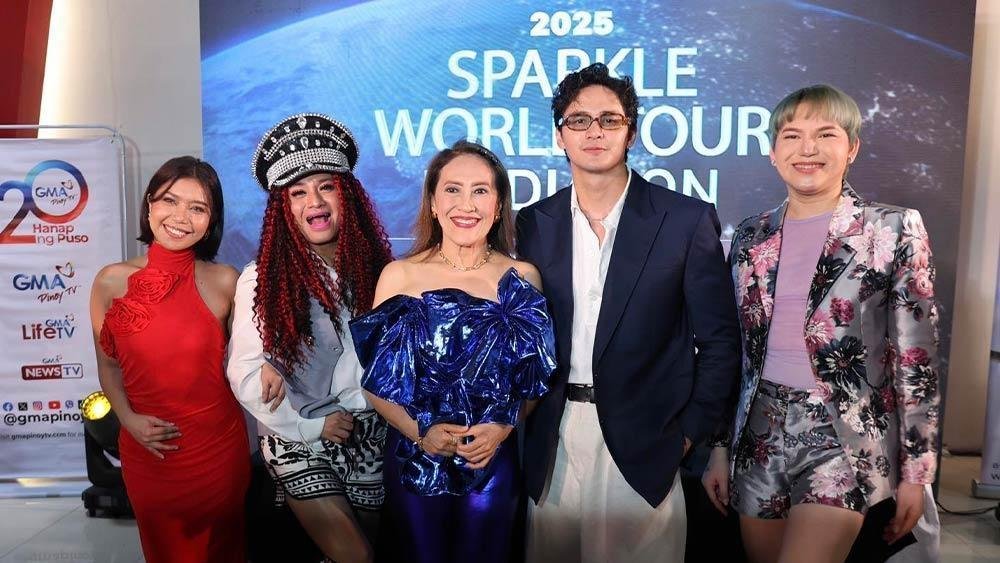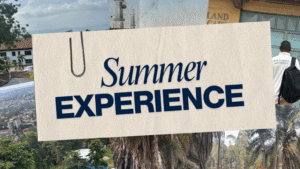WINNIPEG, July 30, 2025 — Today marks the official launch of Folklorama, the world’s largest and one of its longest-running multicultural festivals—a proud Winnipeg tradition that transforms the city into a global stage for two unforgettable weeks. With 43 vibrant ethno-cultural pavilions set to delight audiences across Winnipeg, this year’s edition is bigger, bolder, and more inclusive than ever.
The festival, which has become a cornerstone of Winnipeg’s cultural identity since its inception in 1970, is more than a showcase—it’s a heartfelt labor of love powered by thousands of volunteers and passionate community members. From the scent of sizzling spices to the pulse of live music and the swirl of traditional attire, Folklorama immerses visitors in the stories, struggles, and triumphs of cultures from every corner of the world.

This year welcomes the debut of two new pavilions: the Modern Chinese Pavilion, blending heritage and contemporary Chinese-Canadian culture, and the Mabuhay Philippine Pavilion, a vibrant tribute to Filipino traditions and community pride. They join returning favorites, many of whom are celebrating major milestones—Pavilion of Scotland marks 50 years, the Tamil Pavilion hits 25, and Celtic Ireland celebrates 20 years of cultural sharing and unforgettable performances.

“Winnipeg’s story is one of many cultures, traditions, and communities coming together to create a truly diverse city,” says Folklorama Executive Director Teresa Cotroneo. “The languages, arts, and customs that have been nurtured here over generations are woven into the heart of our city. When you visit a pavilion, you feel the love and pride these communities pour into sharing their heritage—and it’s a beautiful reflection of who we are, collectively.”
At the Ghana Pavilion, this sentiment runs deep. Nana Aba, the Adult Ambassador for her second year, beamed with excitement, urging people to “be first to order food—never last!” She added, “This was one of the most memorable experiences last year. The food, entertainment, and cultural display are first class, truly unbelievable.”
Behind the scenes, countless hands bring these experiences to life. Among them is Angie Tackie, one of the tireless volunteers who wears many hats at the Ghana Pavilion. “It’s all about the volunteers,” she says. “It’s the beautiful spirit of the Ghanaian community who just wants to share our culture with the community and the rest of the world.”

In a bittersweet moment, the First Nations Pavilion will not be participating this year due to the devastating wildfires impacting several Indigenous communities. But in the true spirit of Folklorama, the festival is stepping up. Organizers are partnering with the Neemu-Egwah organization to ensure members of those affected communities can still attend shows and be a part of the celebrations.
And while the absence is felt, representation of First Nations culture remains strong, thanks to the Métis Pavilion. Visitors can enjoy the richness of Métis tradition through the foot-stomping, crowd-pleasing performances of the Asham Stompers, ensuring Indigenous voices and stories continue to resonate throughout the festival.

Folklorama is not merely an event; it’s a reflection of what is possible when communities open their hearts and share their heritage with honesty and joy. It is a model for the world—one where cultural pride doesn’t divide, but unites. In a time when the world often seems fractured, Folklorama reminds us of what we need most: connection, understanding, celebration, and love.
This is what the world needs now—more than ever.











